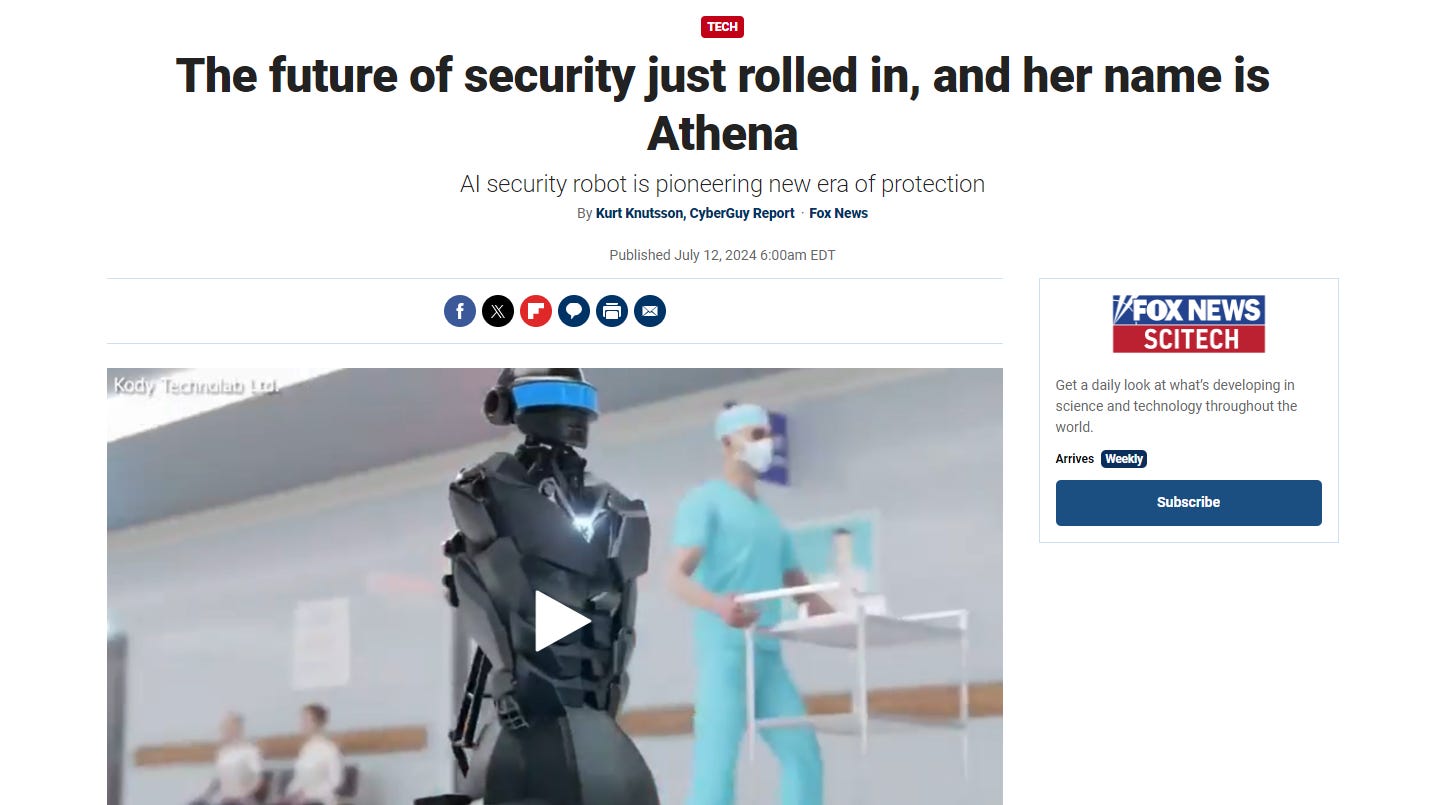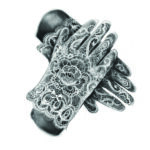During our recent issue launch, I boasted that we wouldn’t be publishing any sponsored content. However, it quickly became clear that many readers were unaware of what sponsored content is—and just how pervasive it’s become in the media. Here’s a quick rundown and case study, using an article that is absolutely not an ad.
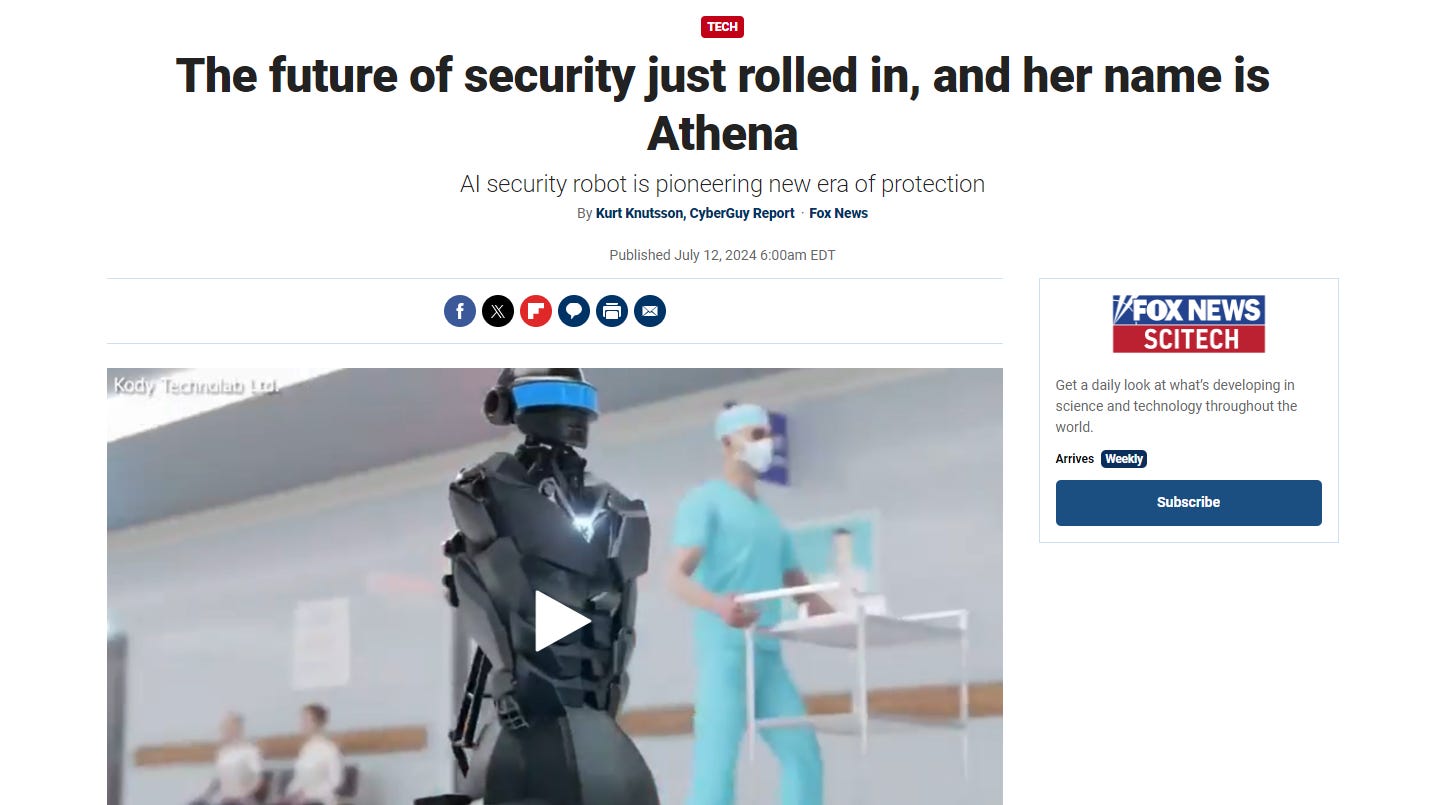
The headline pictured above is taken from Fox News, where the article was published. This article is not labeled as advertising by the news organization, and, therefore, it is absolutely not an ad. At least, I certainly could not say so. However, this article happens to contain some very crucial indicators that are coincidentally perfect for identifying the ads lurking in your newsfeed. We’ll be using it as an example of what to look out for, but first:
What is Sponsored Content?
Sponsored content is advertising disguised as news. Companies will pay extra money for media outlets to promote their products by writing articles about them. These can take the form of standard news articles or, very often, “best of” lists and reviews. Sometimes sponsored content is labeled as sponsored content, but sometimes it’s not. In your humble editor’s experience, the practice of allowing sponsored content to go unlabeled has become alarmingly common over the years.
Other names for sponsored content: native content, promised edit, advertorial, sponcon.
Why is this form of advertising so valuable? Well, because it’s designed to exploit the trust between the media outlet and the reader. The reader believes they’re receiving good-faith information relayed by an objective reporter. Well-executed sponsored content does a good job of resembling real reportage. The only difference is that, behind the scenes, everything you’re reading has been bought and paid for.
Aside: As the editor of this publication, I’ve already been solicited for sponsored content more times than I can count. I will not do it. I will let this publication die before I do it.
Why Does So Much Sponsored Content Go Unlabeled?
When sponsored content is labeled, you’ll see a banner or some other statement on the article (some disclaimers are less obvious than others). The language isn’t always the same, but it could be as simple as Sponsored by [BRAND NAME].
However, as I mentioned, not all sponsored content is labeled. Driven by desperation for profits in a tough business, media outlets will often publish sponsored content without any label at all—thus completely presenting the advertisement as a news item, interview, or whatever the format.
Labeled sponsored content is already deceptive enough. The motivation for labeled sponsored content lies in tricking the reader by making them think they’re reading a real article (supposing they don’t catch the label). When it’s unlabeled, sponsored content represents journalistic malpractice of the worst variety. However, it’s also extremely effective for advertisers, and they’ll pay a lot for publishers to cast aside their responsibility. In my career as a writer/editor, I have seen numerous deals go through with unmarked sponsored content helping to close thousands of dollars in revenue.
And, because there’s no transparency about the cash exchange that led to the article being published, readers are often in the dark about whether they’re reading a real piece of news or not.
Aside: Sponsored content hasn’t just infected the news. Entertainment outlets are just as likely to publish ads disguised as real content. Saturday Night Live is an example.
Red Flags for Sponsored Content
Again, because sponsored content often goes unlabeled, it’s very difficult for readers to know whether they’re reading advertising or genuine content.
However, there are some distinct red flags that can help clue you in. When observed in abundance, these warning signs can help you detect advertising so that you don’t get duped.
We’ll be using this Fox News article as an example of what to look for. Again, this article is not labeled as sponsored content. Therefore, it is absolutely not an ad. We could not say that it’s an ad without definitive proof, or else we’d get in trouble. However, it just so happens to contain a number of warning signs of sponsored content, making it excellent as a hypothetical case study of sponsored content. Let’s begin.
1. A Grandiose, Drooling Headline
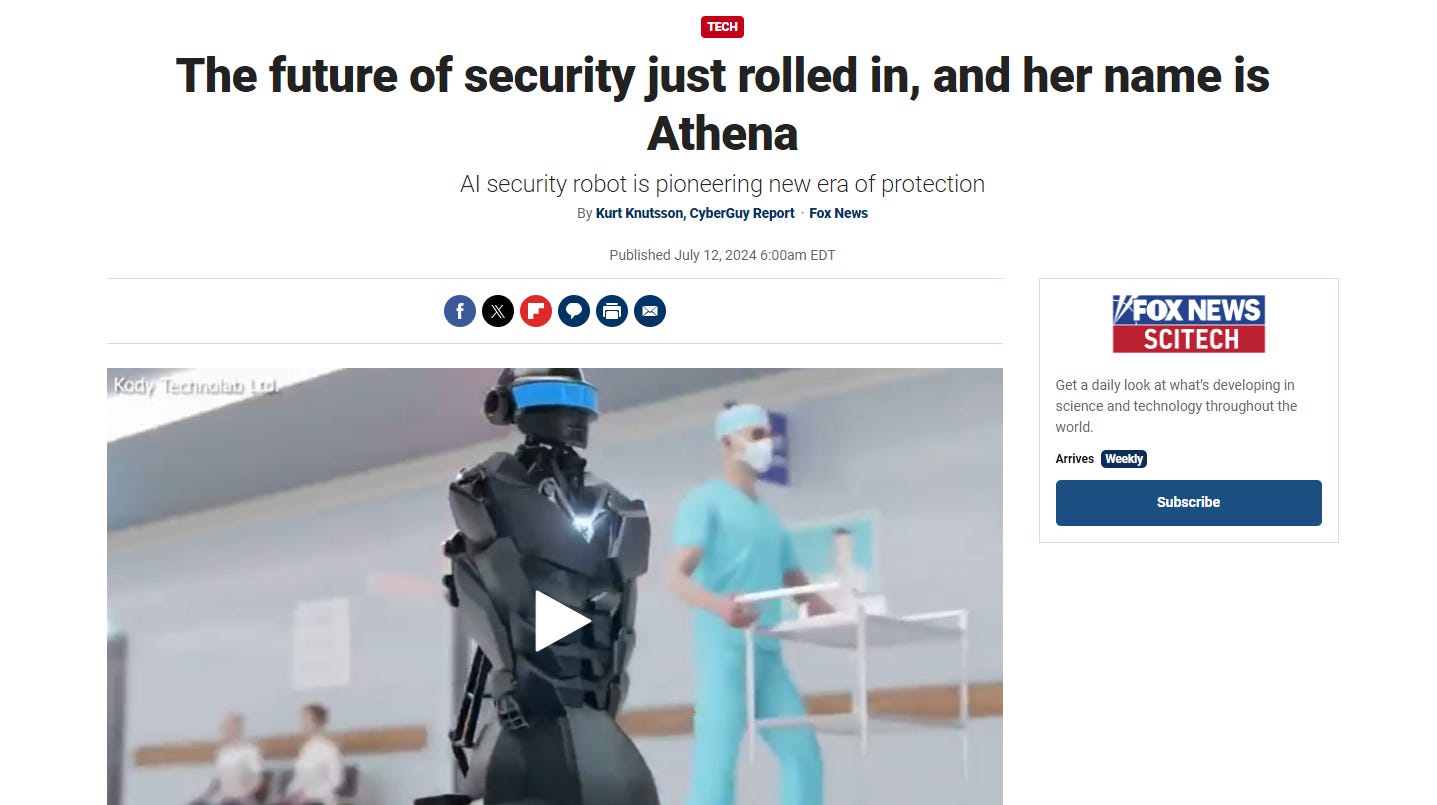
Headlines are meant to provide a quick summary or teaser for a story. This headline technically serves that purpose, but it’s also dripping with praise for its subject—to a sensationalist degree. Kurt here has just informed us that the robot he is writing about is “the future of security.” There are no qualifiers here. This one product simply is “the future of security.” Gee whiz, what a scoop!
Moreover, Kurt has decided to signal the gender of the robot in his headline: “her name is Athena.” This gendering has no basis in fact. It is not reportage. Rather, the gendering is a fanciful bit of language employed by the brand to market their product. The brand didn’t have to give the robot a gender, because it’s a robot. However, giving the robot a gender makes it seem more human and approachable. Kurt has also decided to include the name of the product in his headline: “Athena.” “Athena,” the name of the Greek goddess of wisdom and warfare, is quite a proud moniker to bestow upon a mall security robot.
Overall, this headline contains more spin than facts. Positive spin, at that. If you see a headline with a positive spin, especially concerning a product, the article might actually be an ad. This article, of course, is absolutely not an ad.
2. Only an Ad Deals in Absolutes
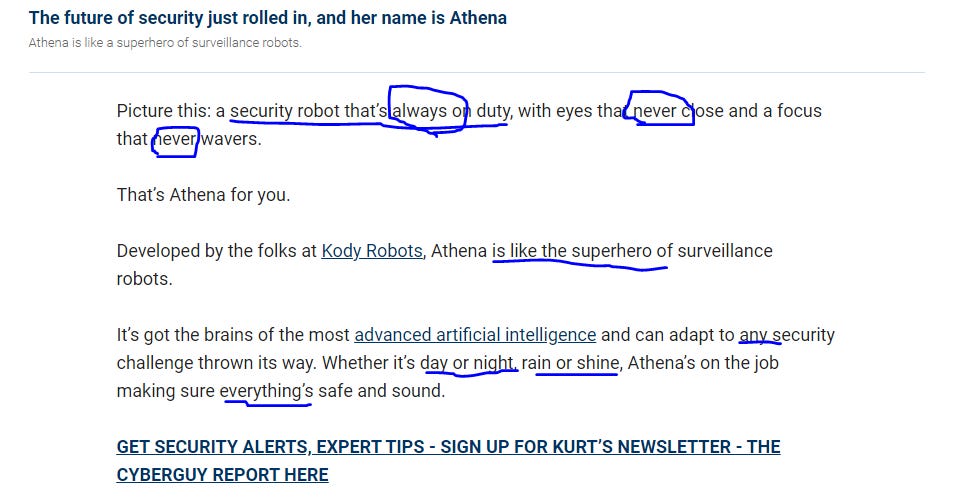
Generalizations and big claims are often important warning signs that you’re reading sponsored content. Words like “always” and “never” can be very difficult to justify in reality. But advertising doesn’t live in the world of fact. Here our writer Kurt tells us that the Athena has eyes that “never close and a focus that never wavers.” Even for a robot, these are very intriguing claims. By “eyes that never close,” Kurt must mean that the robot’s camera is always operational. That would mean that the robot not only has an infinite power supply but that the camera will never break. Again, Kurt has landed quite a story here, if that’s true. This is absolutely not an ad, so hopefully it is true. I wonder who Kurt’s sources are? Oh boy, golly gee.
Take a look at some of the other big claims and generalizations circled above. If you see major claims, especially positive ones, being thrown around in an article, this is another warning sign that you’re reading an ad.
3. Specs and Corporately Sourced Technical Details
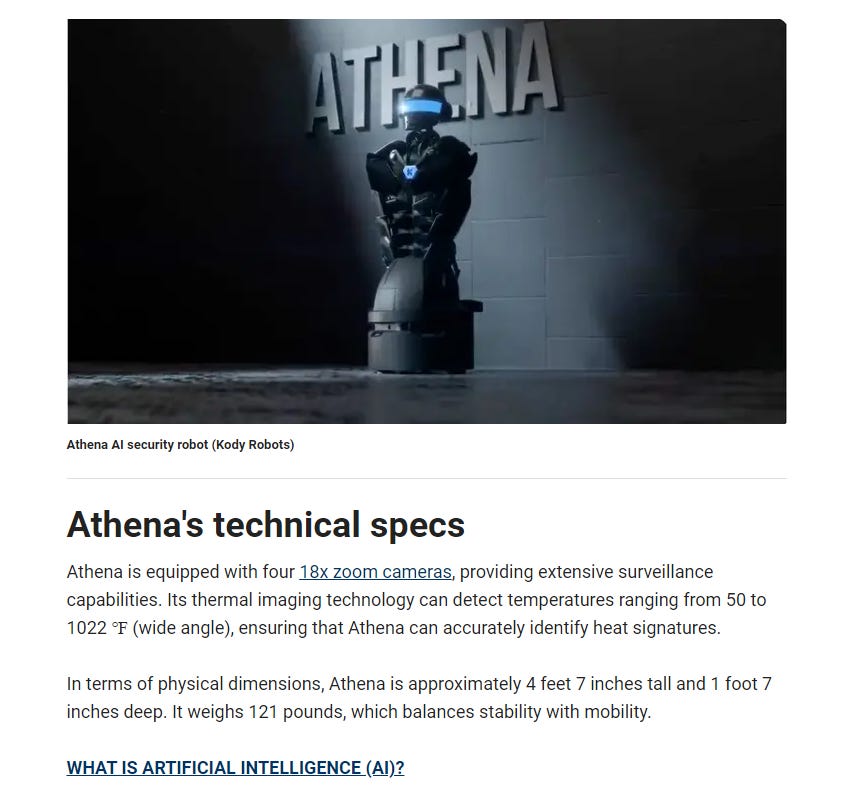
Kurt has certainly done his research! It’s important to have all of your facts at hand when you’re a journalist. However, if the writer includes the technical specs of a product in their article (or other inside information that only the company would be able to provide), it could be a sign that the writer is sourcing their information directly from the company. This isn’t always a bad thing, of course. Sometimes, the company is the only source for information like this. However, when specs are listed in abundance (almost as if the writer is just feeding us a product description), it’s another sign that you might be reading sponsored content.
Note here too that Kurt includes a positive assessment of the robot’s weight. Apparently, 121 pounds is a weight that balances stability and mobility, and Kurt knows that. Again, Kurt sure has done a lot of research, it seems. Oh boy, oh boy.
4. Nothing But Positivity
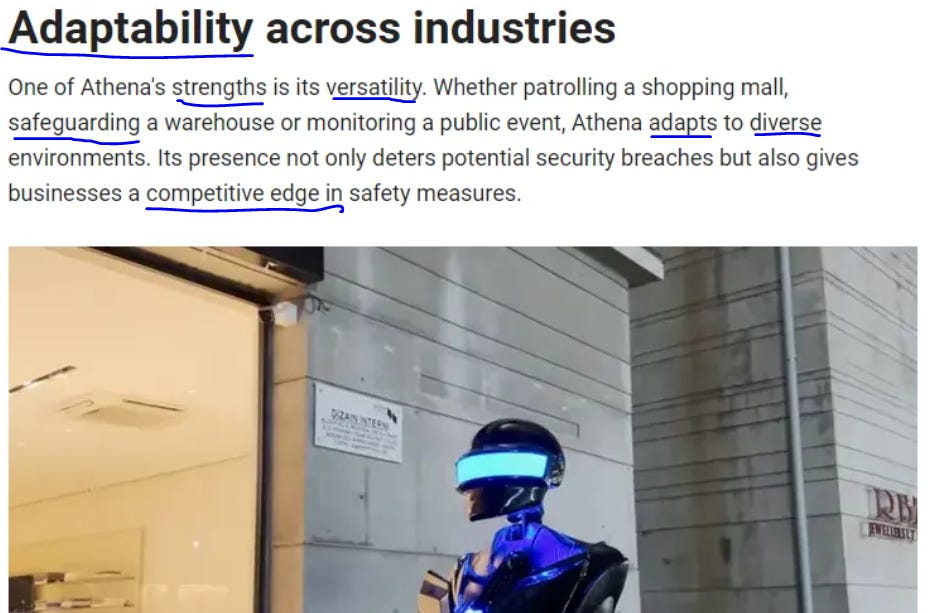
One of the hallmarks of good journalism is objectivity, which is another way of saying that you have to show things for what they are—without spinning them in a positive or negative way. And while there are perhaps a few things in this life that are purely wonderful, without any problems or drawbacks, most things contain a mixture of positive and negative qualities. So it’s strange when you have a writer, like Kurt here, whose article indicates that a new robot has only positive qualities, without any flaws whatsoever.
Purely positive descriptions may not be that relevant for depicting reality, but advertisers tend to lean on these when describing their products. Consumers want to imagine they can buy something perfect. So, if you notice an article flooded with positive language, with very few negative details (or in Kurt’s case, none at all), it may be a sign that you’re reading an advertisement instead of a real article.
Again, I must stress, the article we’ve been studying together here may contain numerous warning signs that it’s an advertisement in disguise. However, because the news organization has not labeled it as an advertisement, we cannot say it’s an advertisement. According to the good people at Fox News, this is real reporting; this is news.
A Note on Press Releases
Sponsored content involves articles that are specifically paid for by a company. However, some advertising is lucky enough to penetrate a news outlet without any cash being exchanged at all.
Because web publishing encourages news organizations to publish articles at a rapid clip—thus producing more opportunities for users to click from one page to the next—news organizations will sometimes publish press releases that companies send them with little or no modification.
New organizations view these press releases as free content, which is exactly what companies want them to do. This can also result in advertising disguised as an article. Of course, that also isn’t the case with the article cited above.
by Paul M. French
Paul M. French is the founder and editor of Denverse Magazine.

